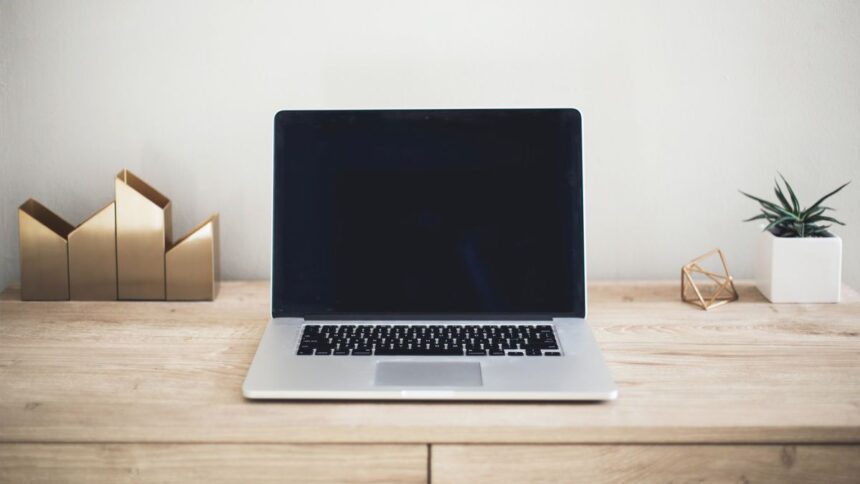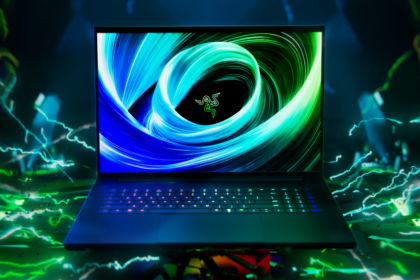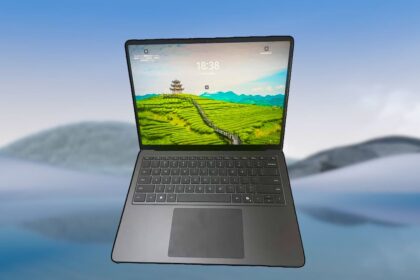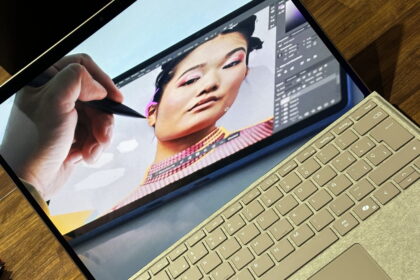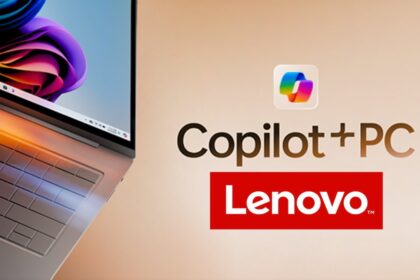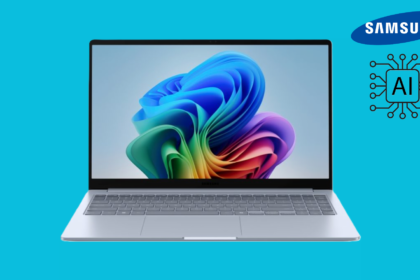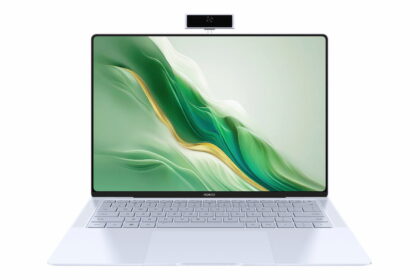Back in 2021, the surge in remote work and online learning drove notebook prices up by more than 17%. With the rising costs of new laptops, many people turned to the used market as a smart and budget-friendly alternative — and for good reason.
Buying a pre-owned notebook can offer several benefits that go beyond saving money. It’s an environmentally responsible choice and, if done carefully, a practical way to get quality tech at a lower cost. Still, knowing what to look for before making a purchase is essential to avoid unpleasant surprises.
Why Buy a Used Laptop?
1. Lower Cost Without Sacrificing Quality
It’s no secret that used laptops cost significantly less than new ones — often up to 30% cheaper than their retail counterparts. For many users, especially those who need a device for studying, office work, or everyday browsing, this difference can be a game-changer.
In some cases, you can find a used laptop with better specs than new budget models in the same price range. This means you’ll likely get a faster processor, more storage, or better build quality without spending a fortune.
2. Tried and Tested Reliability
While new laptops offer the latest technology, they sometimes come with hidden flaws that only surface after months of use. A used computer, on the other hand, has already been tested in real-world conditions.
If it’s still running well after some use, it’s often a sign of solid reliability. In addition, manufacturers may have released software or firmware updates that address any bugs or stability issues discovered after launch. In short, buying used doesn’t always mean taking a risk — in some cases, it’s a safer bet.
3. Environmentally Responsible Choice
Opting for a used laptop helps the planet in a few ways. First, it reduces the demand for new electronic production, which consumes metals, plastics, and chemicals that harm the environment.
Second, it extends the life of a perfectly functional device, preventing it from becoming electronic waste. In many countries, including Brazil, e-waste recycling is limited, so giving these machines a second life is an easy way to reduce your carbon footprint.
What to Check Before Buying a Used Laptop
Purchasing a second-hand computer takes a bit of homework. Whether buying in person or online, these steps can help you make a smart decision:
1. Buy from a Trusted Source
If you’re shopping online, stick with reputable platforms that display seller ratings and buyer reviews. Avoid deals that seem too good to be true — they often are.
If possible, meet the seller in person and test the device before paying. Ask for the original purchase receipt or proof of ownership to ensure it’s not stolen or counterfeit.
2. Inspect the Physical Condition
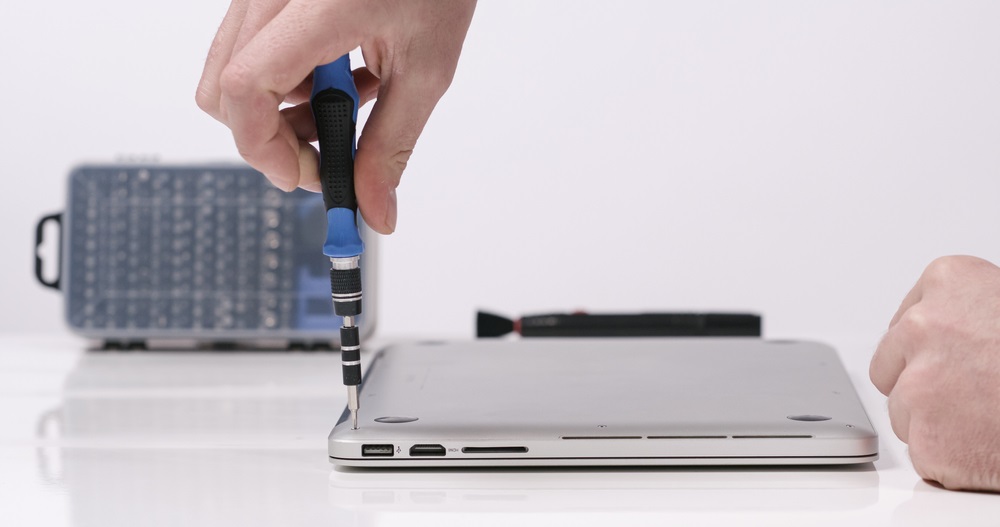
When seeing the laptop in person, check the overall appearance. Look for cracks, dents, missing screws, or signs of water damage. Make sure the keyboard is fully functional — no stuck or missing keys — and that the trackpad responds accurately.
Also test all input and output ports (USB, HDMI, headphone jack, Ethernet), speakers, and webcam. Some of these parts connect directly to the motherboard, meaning repairs can be expensive and difficult later on.
3. Check the Display
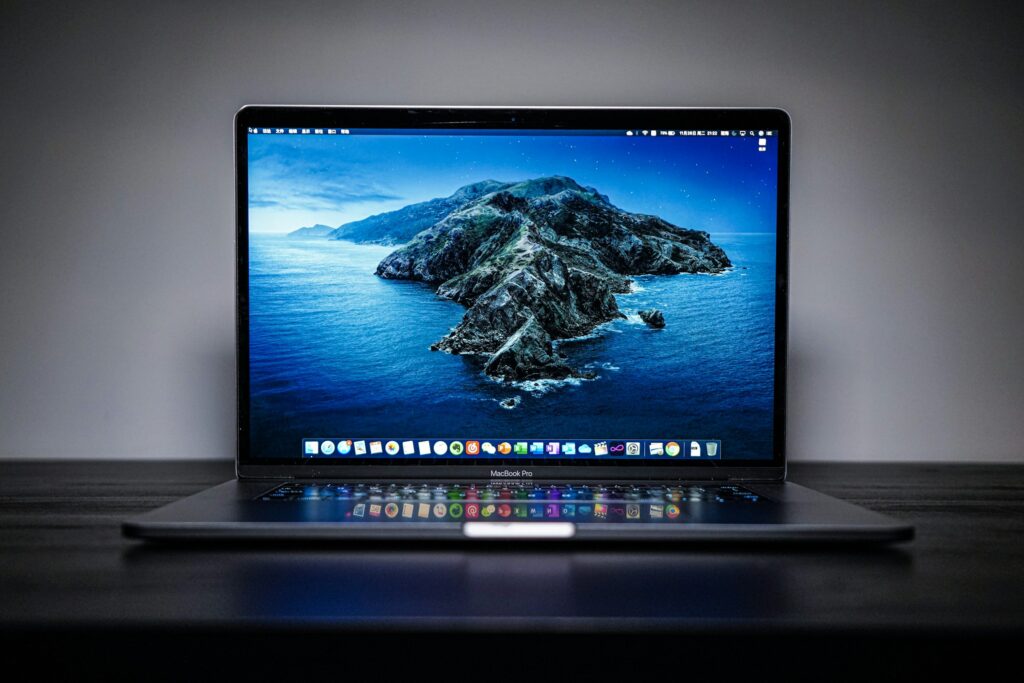
The screen is one of the most delicate and expensive parts of a notebook. Turn it on and look for dead pixels, discoloration, flickering, or uneven brightness. Small flaws might be tolerable, but severe issues can make everyday use frustrating.
4. Test the Battery Life
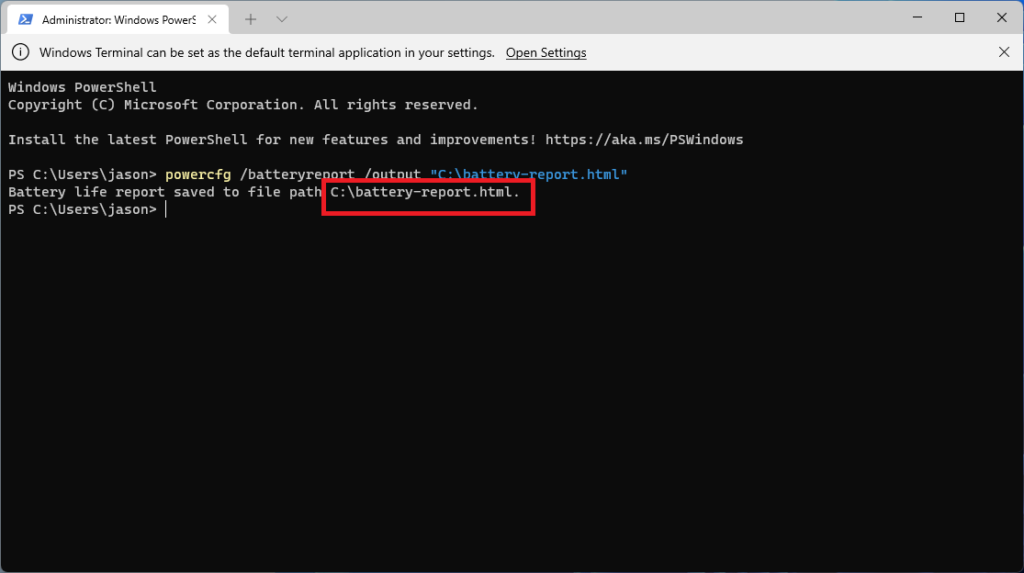
Battery health is one of the biggest concerns with used laptops. On Windows, you can check it by opening the Command Prompt (as Administrator) and typing:
powercfg /batteryreport
This creates a detailed battery report showing how many charge cycles it’s been through and its current capacity.
Mac users can check similar details by holding Option, clicking the Apple Menu, selecting System Information, and opening the Power section.
A battery that holds less than 70–80% of its original capacity may need replacing soon.
5. Verify Wireless Connections
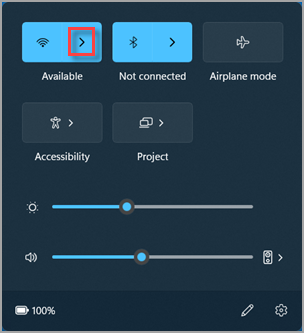
Finally, make sure Wi-Fi and Bluetooth work properly. Test the laptop’s ability to connect to a network, stream content, and pair with wireless accessories like headphones or mice. Connection issues can sometimes signal a damaged network card or antenna.
Buying a used notebook can be an excellent way to save money while getting solid performance and reducing environmental impact. Just make sure to inspect the device carefully, buy from trusted sellers, and confirm that its specs meet your daily needs.
If done right, a second-hand laptop can deliver years of reliable use at a fraction of the price — a win for both your wallet and the planet.

